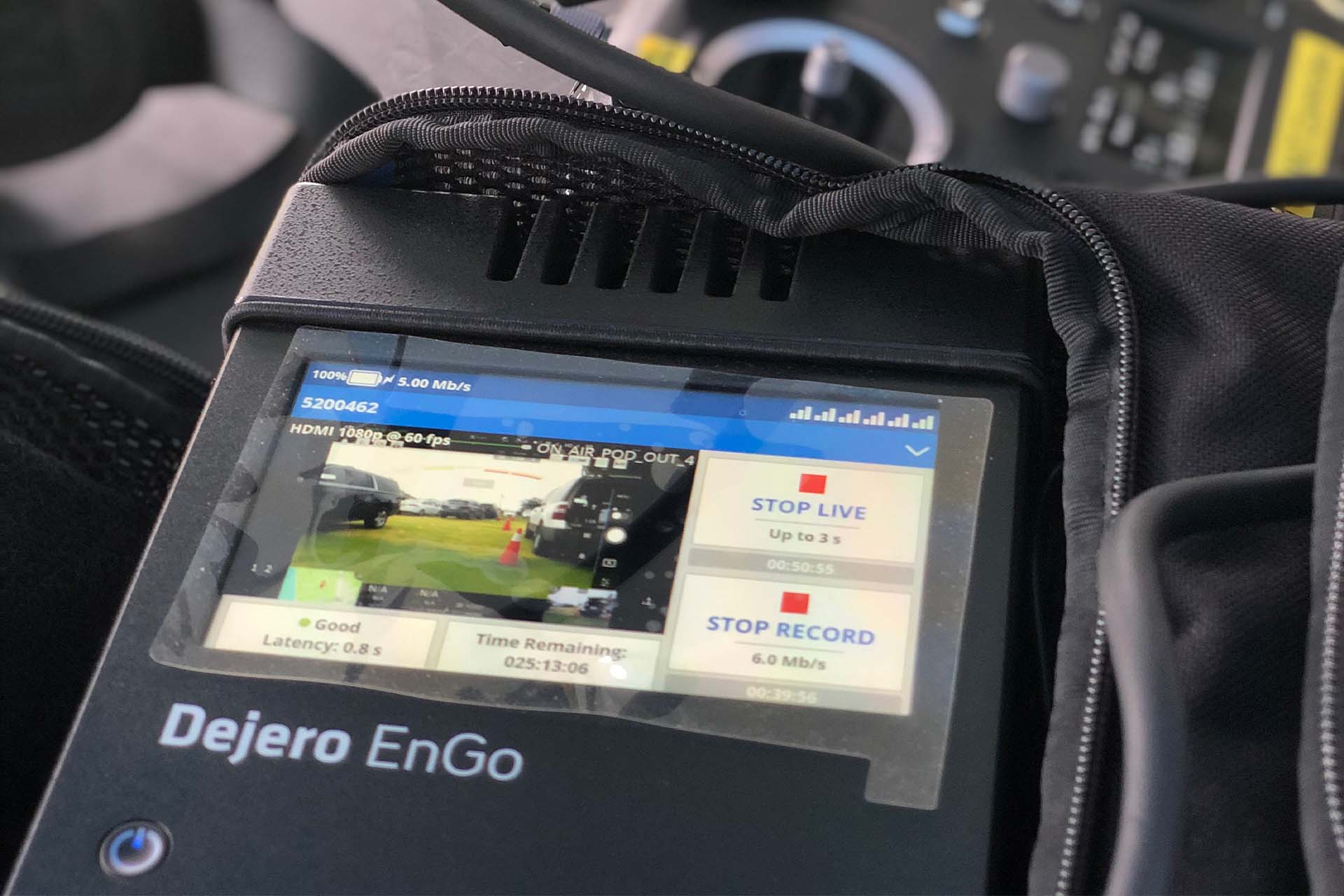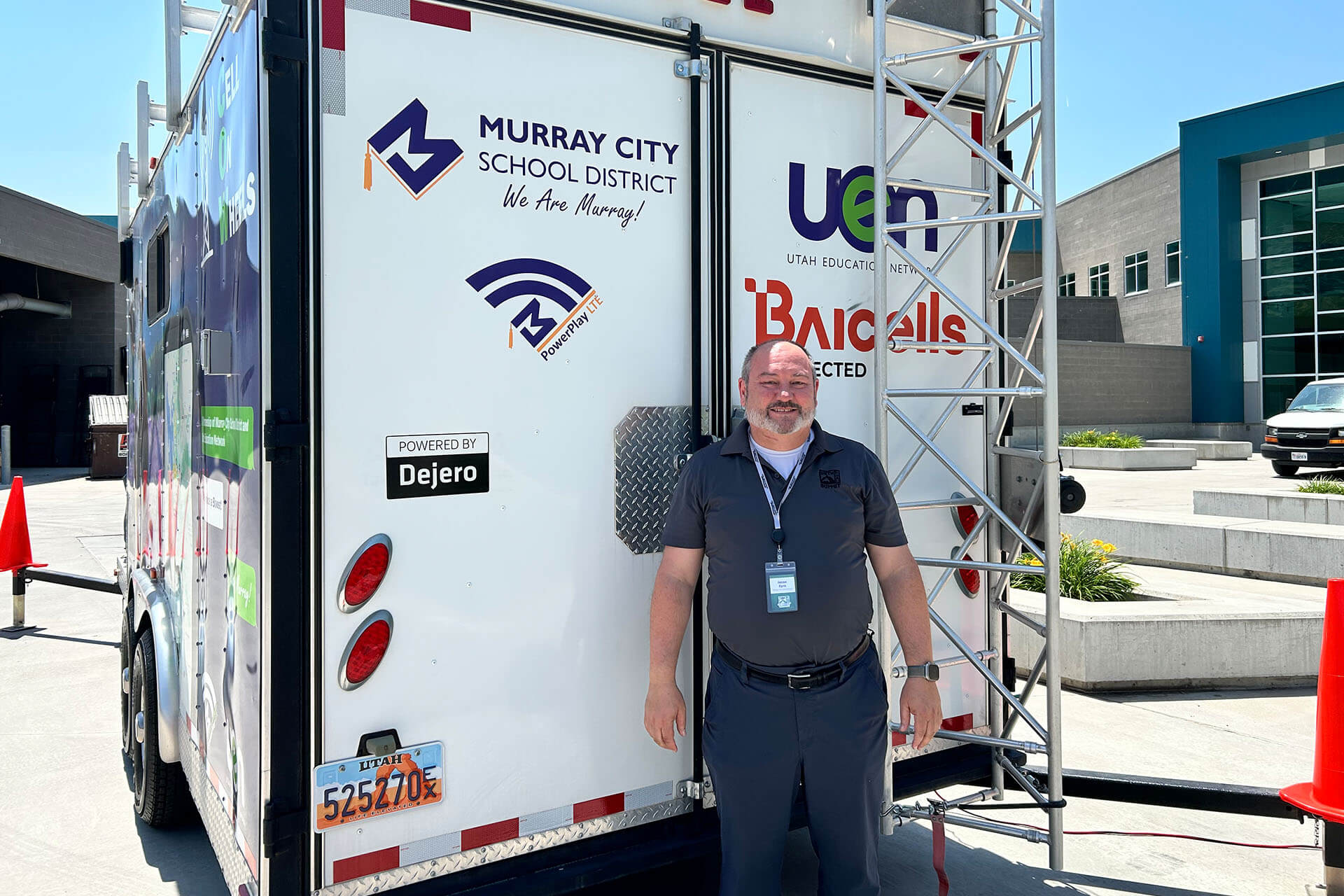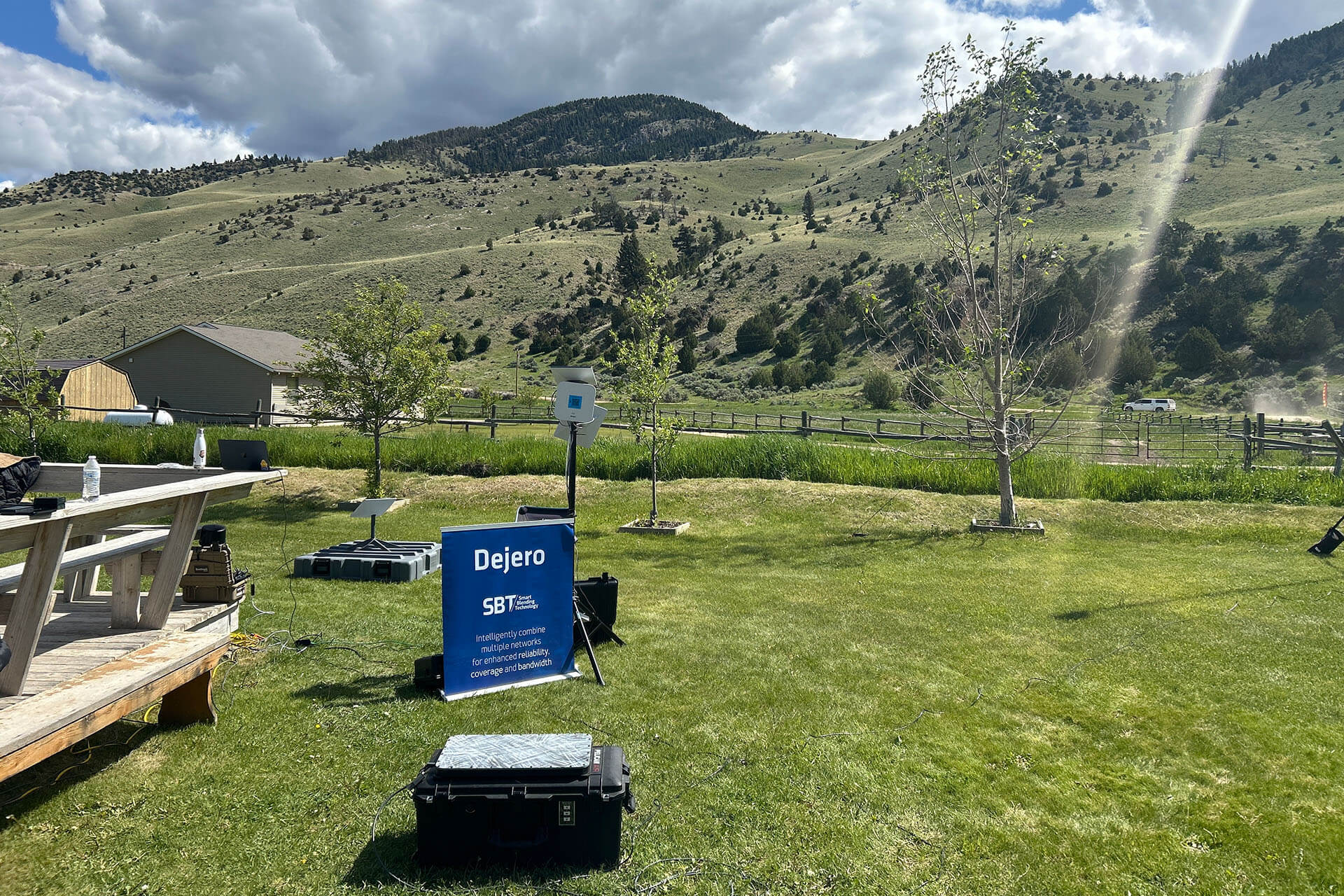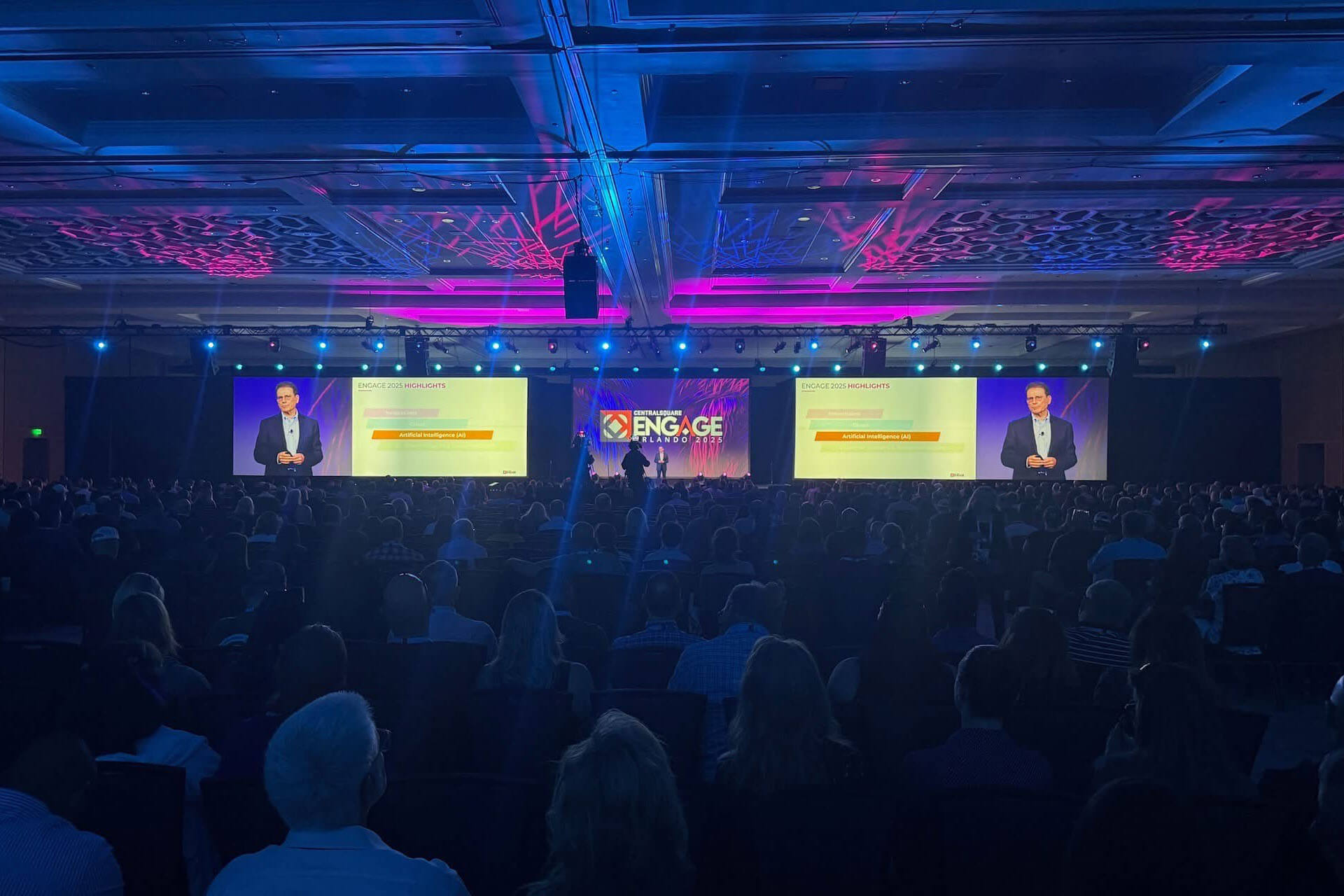There are two categories of emergency response that define federal agency communications: crisis and critical, and both inevitably present extreme physical, environmental and connectivity challenges.
Crisis communication deals with managing unexpected events that pose significant risks to the public requiring immediate action, such as natural disasters - hurricanes, wildfires, major incidents or top-level security events such as presidential inaugurations, the Super Bowl and State of the Union addresses.
Critical communication focuses on supporting day-to-day operations, emergency responses, 911 call centers, processing sites, etc. and internal information sharing within a public safety entity.
These scenarios not only require the deployment of reliable systems and technology, but also reliable solutions providers and their people to ensure public safety agencies can be as best prepared as they can possibly be.
Preparing for crisis response: Hurricane Ian
From June to November, Americans brace for hurricane season. The National Oceanic and Atmospheric Administration's Climate Prediction Center expects the 2023 season to be near-normal or average. The reality is that the average season could see anywhere from one to four major hurricanes.
In September 2022, Hurricane Ian, a category 5 Atlantic hurricane caused widespread damage across western Cuba, Florida, and the Carolinas. Ahead of the storm, a federal agency aerial support component was called in from Buffalo, NY to set up in Atlanta and prepare an emergency response site as Ian was approaching Tampa, Florida.
Entering into these severe conditions often presents a challenging network environment.
For this type of crisis response, the unit would need to coordinate video acquisition to potentially aid search and rescue operations, perform aerial surveys to assess the situation as well as providing humanitarian relief - distributing food, water and medical supplies, as well as assisting with infrastructure repair. The role of this unit also often involves aerial reconnaissance missions to gather information about the hurricane's impact, assess damage to infrastructure and identify areas in need of immediate assistance.
These operations are dependent on the live transmission of video and real-time tactical communications .

The command unit was equipped with a Dejero M6E6 GateWay network aggregation device, which is designed to deliver mission-critical connectivity for general-purpose applications including voice, video and data while in nomadic or mobile environments, as well as add wireless connectivity to fixed locations. Their existing GateWay device gave the team immediate access to diverse cellular networks as well as Geo stationary satellite networks, but to give them even more reliability, expanded coverage, and greater bandwidth, they called on Dejero to supplement this connectivity with a Starlink LEO satellite terminal as they were heading towards the crisis preparation site in Atlanta.
Not just reliable connectivity; reliable people
Having served as a U.S Marine in his early career, and later teaching emergency response courses at the Department of State, Dejero’s global director of technical account management, Jeremy Miller, has first-hand experience in crisis and critical response communications.
 “Being ultra-prepared at the time of deployment is a mindset. Just as these aerial teams are strategically placed across the country to be able to respond at a moments’ notice, Dejero offers a similar support service that covers all bases.”
“Being ultra-prepared at the time of deployment is a mindset. Just as these aerial teams are strategically placed across the country to be able to respond at a moments’ notice, Dejero offers a similar support service that covers all bases.”
To support what agencies call SEAR (Special Event Assessment Rating) events, such as hurricanes, Miller heads up and deploys Dejero technical experts across the globe, sending real people into the field to ensure its public safety customers have all the assets they need to achieve reliable connectivity from any location, even when mobile.
In this instance, for Hurricane Ian, Miller himself set off from Charleston, South Carolina, to meet the aerial unit at a rest stop in Greenville, South Carolina, carrying a premium service Starlink terminal. He gave the agents a quick how-to class, plugged the terminal into their existing Dejero GateWay, and provided an operational walkthrough at the side of the freeway. The aerial support team was ready to go, equipped with all the critical connectivity they needed for successful crisis response communications, that ultimately helped them to make more informed and faster decisions to aid the public and fellow agents on the ground.
“We’re not just sending boxes. Yes, our devices have the technology to provide reliable connectivity capability, but we’re sending people to help support these federal agents as they prepare for the worst case scenarios,” Miller explains.
Internet connectivity for temporary crisis response sites
The use of Starlink was inspired by a previous crisis response. A different arm of the same federal entity employed Dejero GateWay M6E6 devices to provide secure, reliable internet connectivity for up to 50 processing terminals on a temporary site in El Paso between July and October 2022. This was an operation that involved humanitarian services for thousands of people per day. The public safety agency needed immediate and fast deployable communications capability.
 “With the ability to blend the Starlink network as a supplementary service to the existing cellular networks, to ensure all laptop terminals could connect to critical remote systems, Dejero was on hand to assist with the completion of this public safety mission,” said Jehan Karim, global director of business development at Dejero.
“With the ability to blend the Starlink network as a supplementary service to the existing cellular networks, to ensure all laptop terminals could connect to critical remote systems, Dejero was on hand to assist with the completion of this public safety mission,” said Jehan Karim, global director of business development at Dejero.
“We are able to deploy a multitude of options, including Starlink successfully at these types of events. Our connectivity and the federal agency comms aren’t dependent on a single carrier or a single type of IP network. Dejero Smart Blending Technology is provider-agnostic, so it is not proprietary to one path or one provider.”
A critical combination
The combination of fast deployment - being ready whenever the time comes, with support from real people and unparalleled technology to provide uninterruptible and critical connectivity, is how Dejero is building a reputation as the go-to connectivity provider for federal agencies everywhere, for their crisis and critical response communications.








 “Being ultra-prepared at the time of deployment is a mindset. Just as these aerial teams are strategically placed across the country to be able to respond at a moments’ notice, Dejero offers a similar support service that covers all bases.”
“Being ultra-prepared at the time of deployment is a mindset. Just as these aerial teams are strategically placed across the country to be able to respond at a moments’ notice, Dejero offers a similar support service that covers all bases.” “With the ability to blend the Starlink network as a supplementary service to the existing cellular networks, to ensure all laptop terminals could connect to critical remote systems, Dejero was on hand to assist with the completion of this public safety mission,” said Jehan Karim, global director of business development at Dejero.
“With the ability to blend the Starlink network as a supplementary service to the existing cellular networks, to ensure all laptop terminals could connect to critical remote systems, Dejero was on hand to assist with the completion of this public safety mission,” said Jehan Karim, global director of business development at Dejero.



